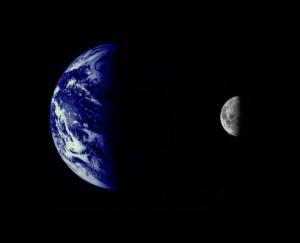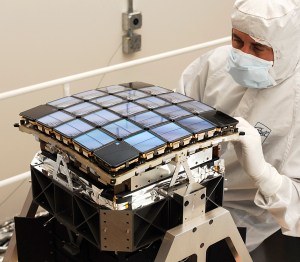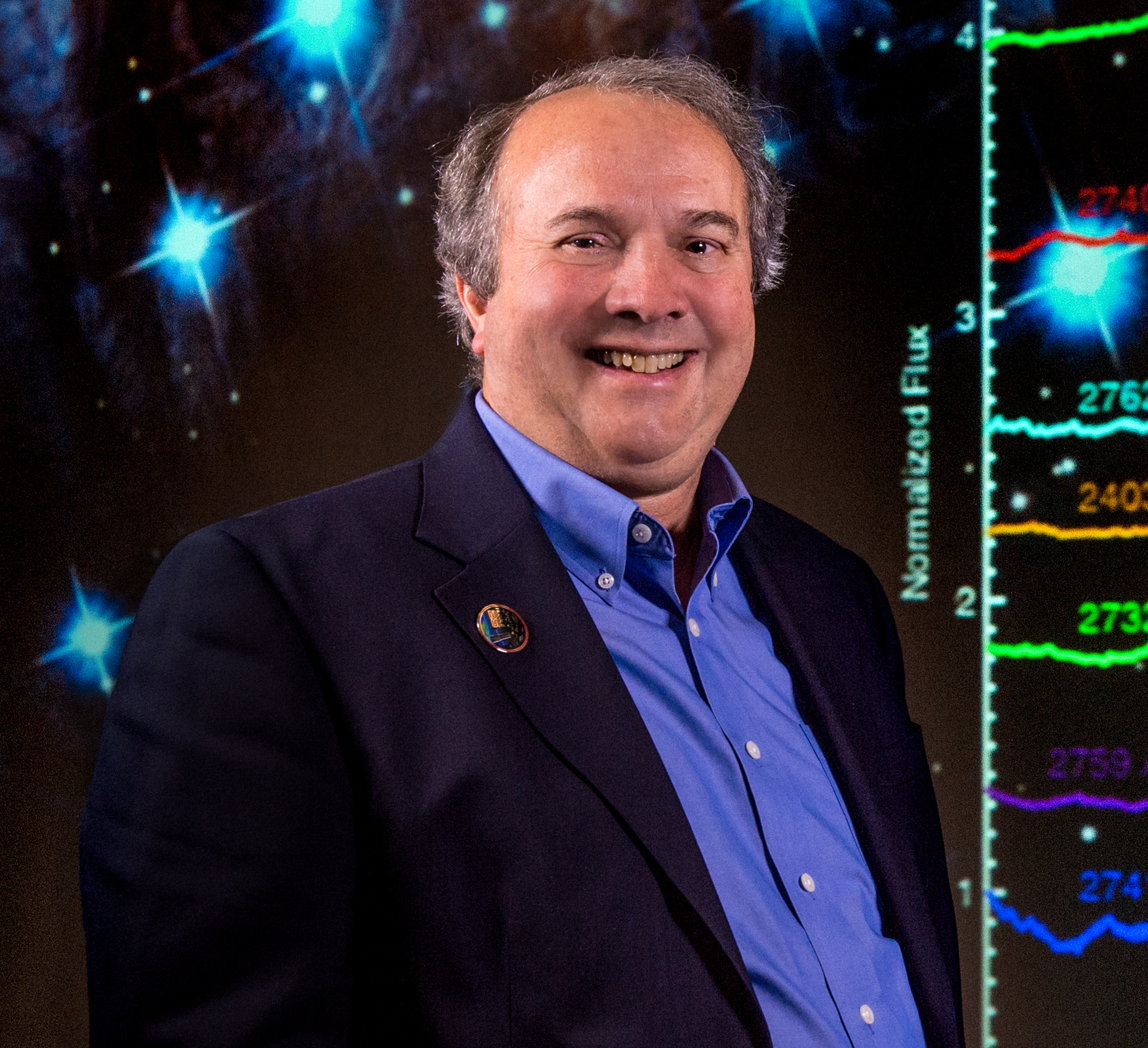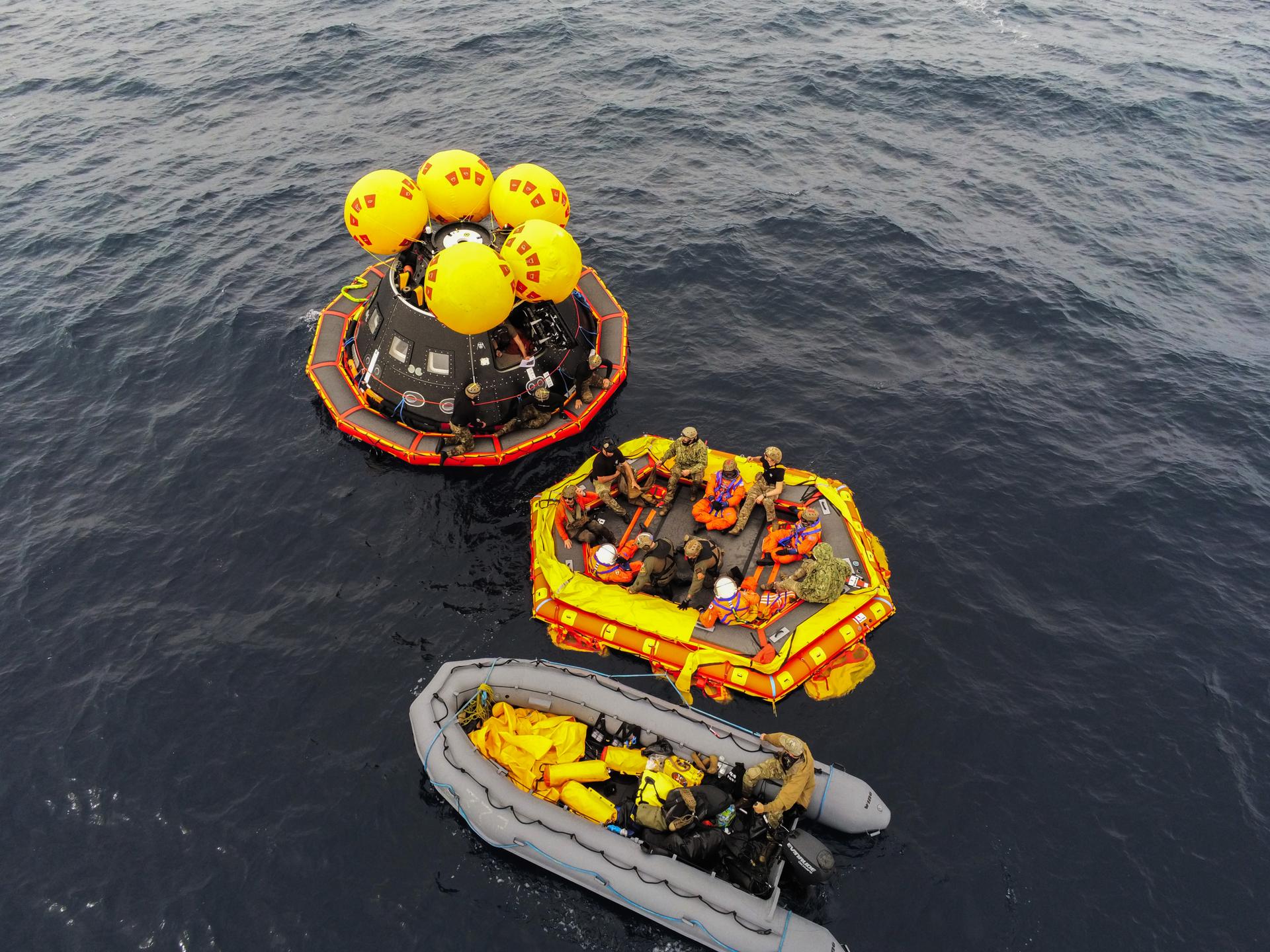45 Years Ago: Space Shuttle Columbia Arrives at NASA’s Kennedy Space Center
On March 24, 1979, space shuttle Columbia arrived at NASA’s Kennedy Space Center (KSC) for the very first time. Following Presidential direction to build the space shuttle in 1972, Congress quickly approved and funded the program later that year. Construction of the first orbital vehicle, later named Columbia, began in 1975. Four years later, Columbia […]
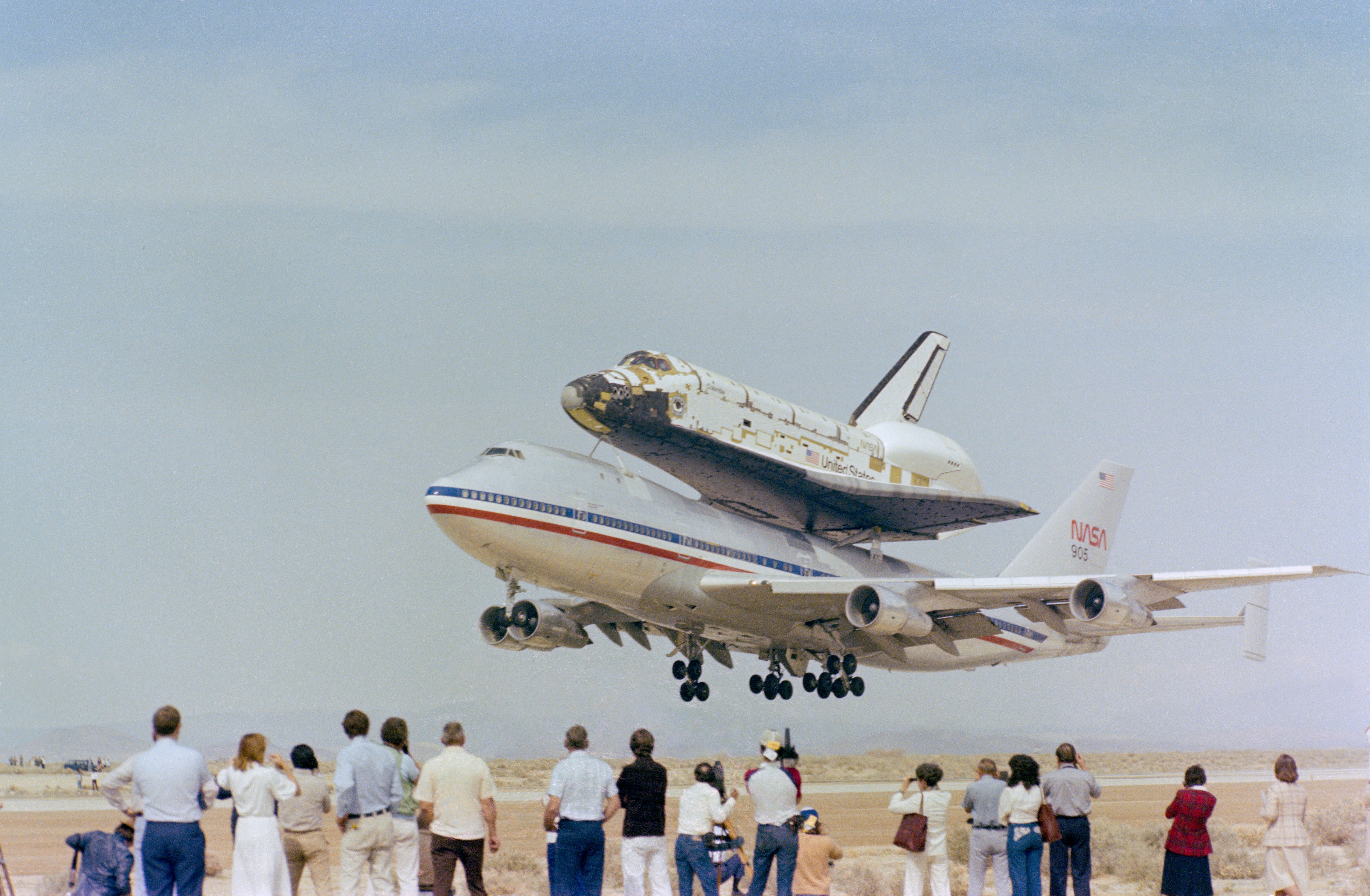
On March 24, 1979, space shuttle Columbia arrived at NASA’s Kennedy Space Center (KSC) for the very first time. Following Presidential direction to build the space shuttle in 1972, Congress quickly approved and funded the program later that year. Construction of the first orbital vehicle, later named Columbia, began in 1975. Four years later, Columbia completed its first transcontinental flight, arriving at KSC to begin preparations for its first mission. The first shuttle flight in April 1981 ushered in an era of reusable space transportation.
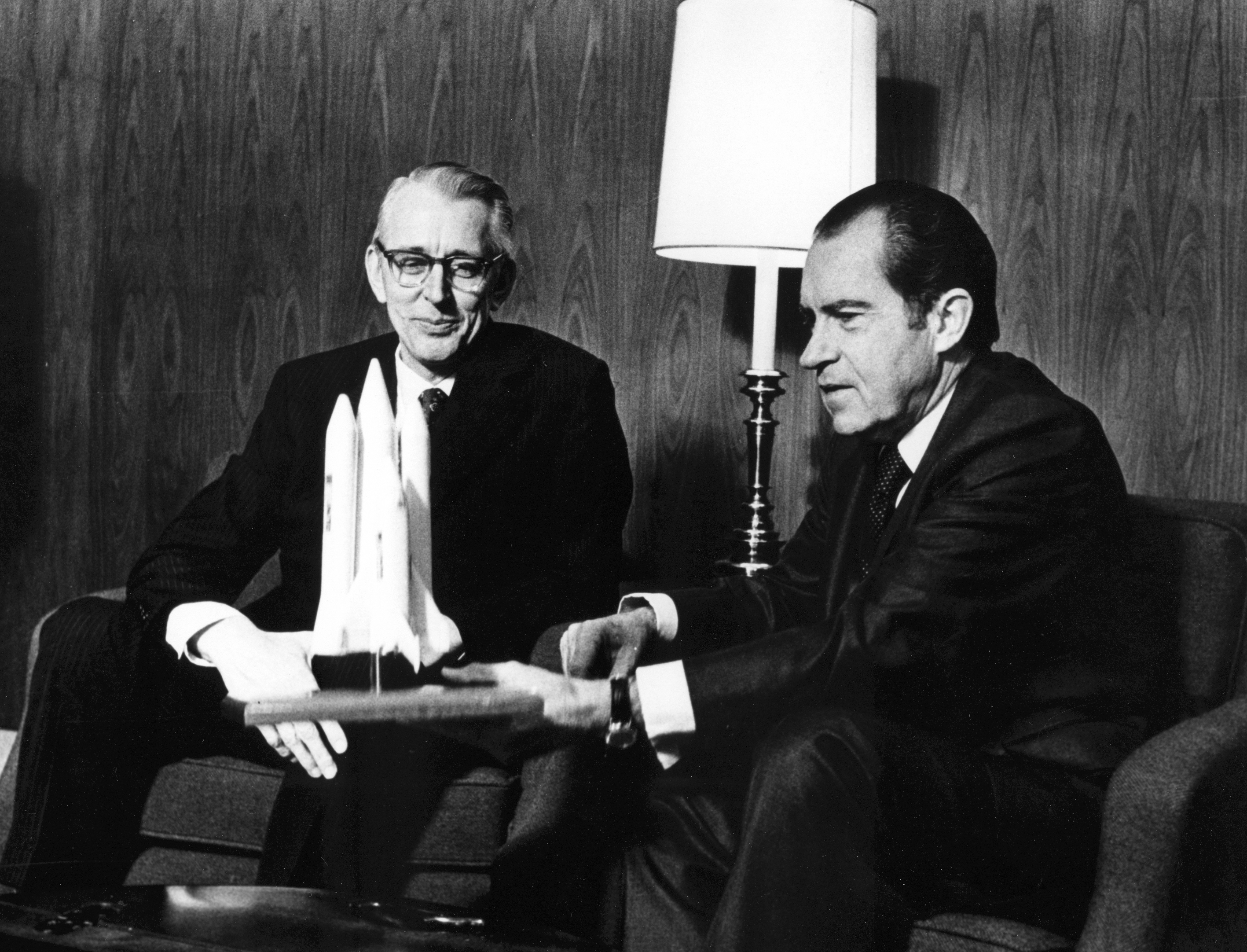
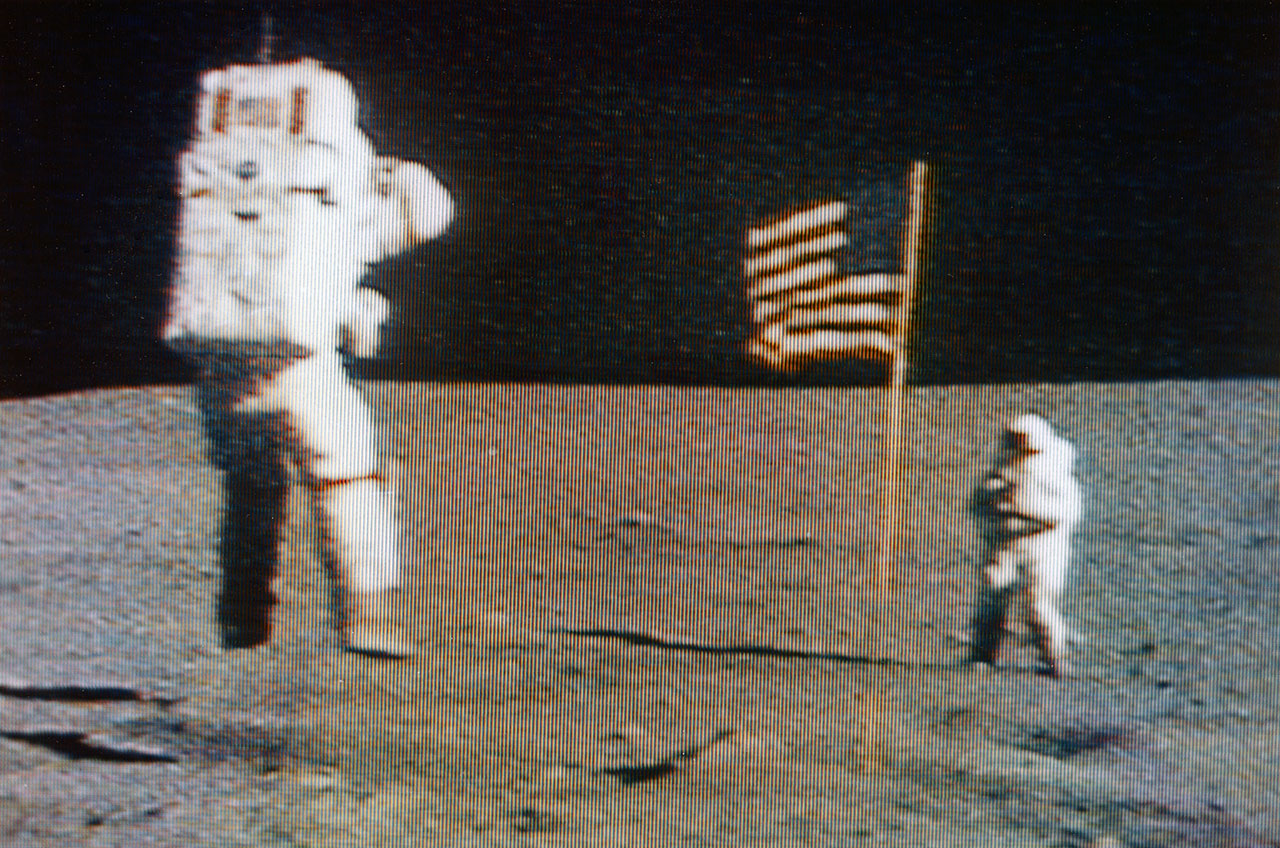
Left: NASA Administrator James C. Fletcher, left, presents a model of the space shuttle to President Richard M. Nixon in January 1972. Right: Apollo 16 astronauts John W. Young, left, and Charles M. Duke on the Moon in April 1972.
On Jan. 5, 1972, President Richard M. Nixon directed NASA to build the space shuttle, formally called the Space Transportation System (STS), stating that “it would revolutionize transportation into near space.” NASA Administrator James C. Fletcher hailed the President’s decision as “an historic step in the nation’s space program,” adding that it would change what humans can accomplish in space. Apollo 16 astronauts John W. Young and Charles M. Duke learned of the space shuttle’s approval while exploring the Moon in April 1972. Mission Control informed them that Congress had authorized the development of the space shuttle. Young and Duke both enthusiastically responded to the positive news with “Beautiful! Wonderful! Beautiful!” Young added with some foresight, “The country needs that shuttle mighty bad. You’ll see.” He had no way of knowing that nine years later, he would command the first ship of the space shuttle fleet, Columbia, on its maiden voyage.
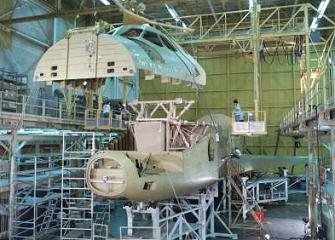
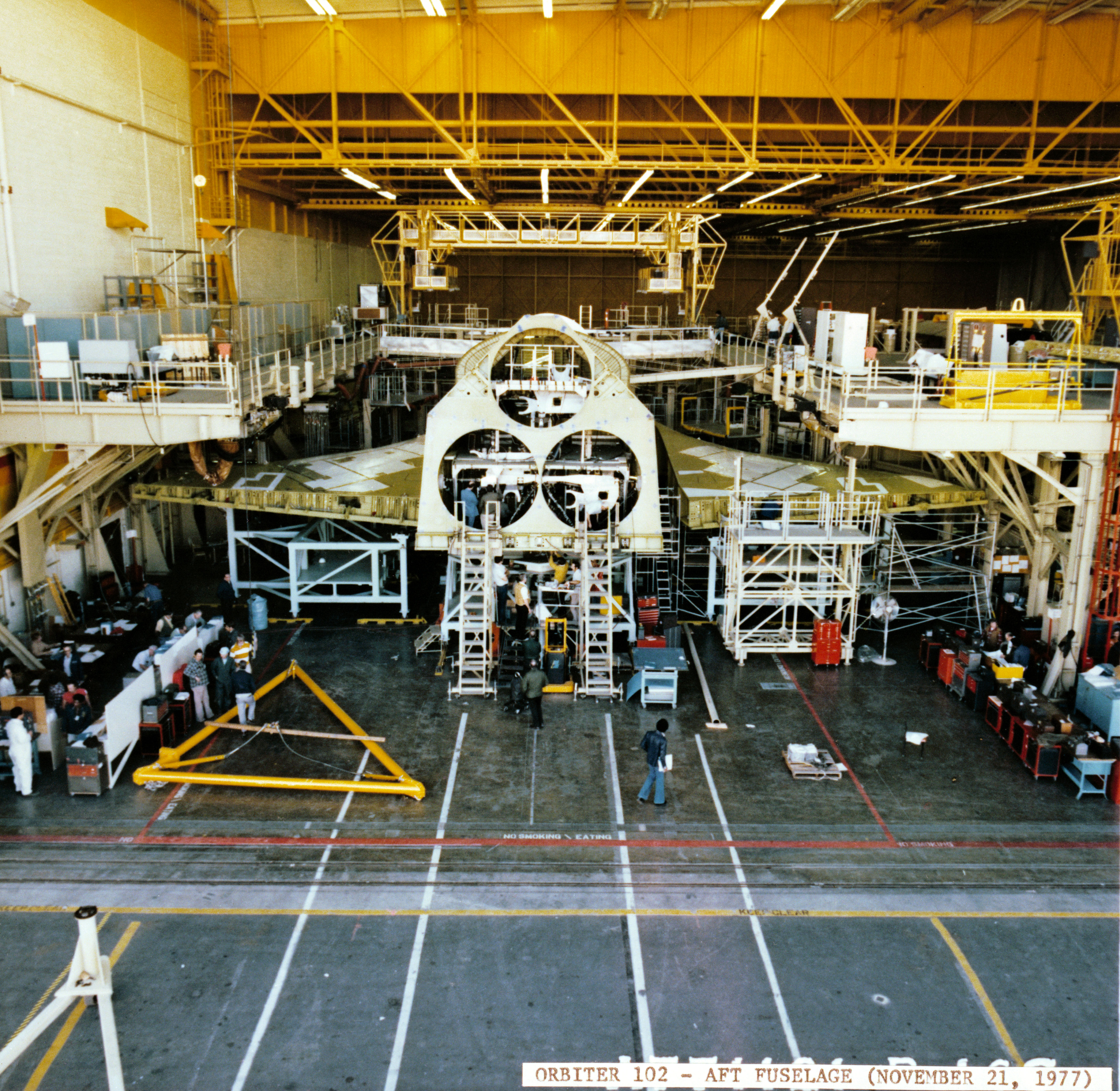
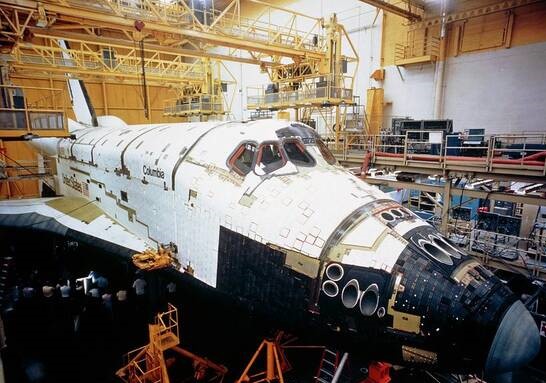
Left: Columbia’s crew compartment during assembly in 1976. Middle: Columbia’s aft fuselage and wings during assembly in November 1977. Right: Columbia just prior to rollout from Rockwell’s plant in Palmdale in March 1979.
Once Congress authorized the funds, on July 26, 1972, NASA awarded the contract to the North American Rockwell Corporation of Downey, California, to begin construction of the first orbital vehicle. Officially known as Orbital Vehicle-102 (OV-102), in January 1979 NASA named it Columbia after Captain Robert Gary’s sloop that explored the Pacific Northwest in the 1790s and took the honor as the first American ship to circumnavigate the globe, as well as after the Apollo 11 Command Module. Construction of Columbia’s first components at Rockwell’s Palmdale, California, plant began on March 25, 1975.
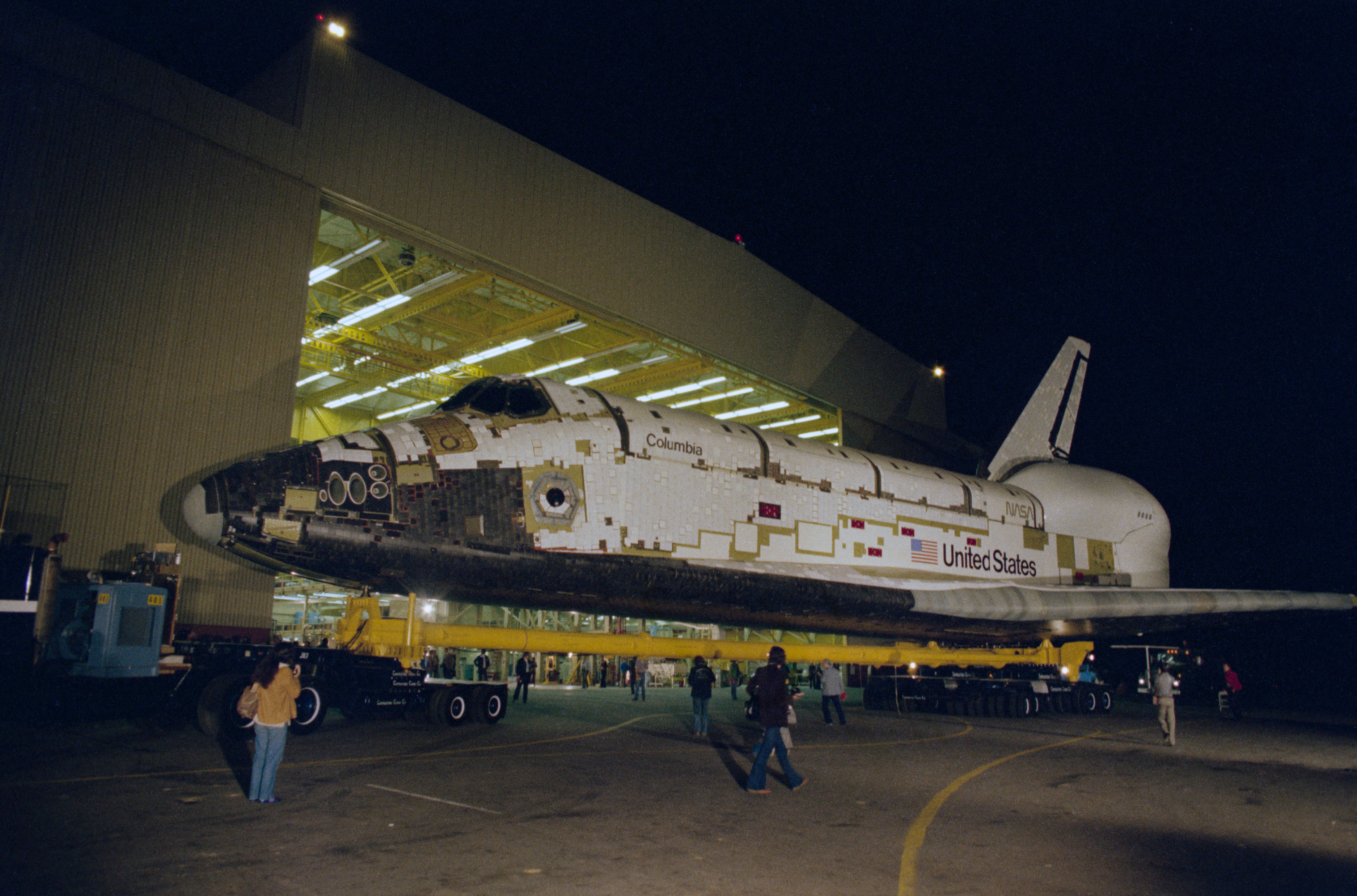
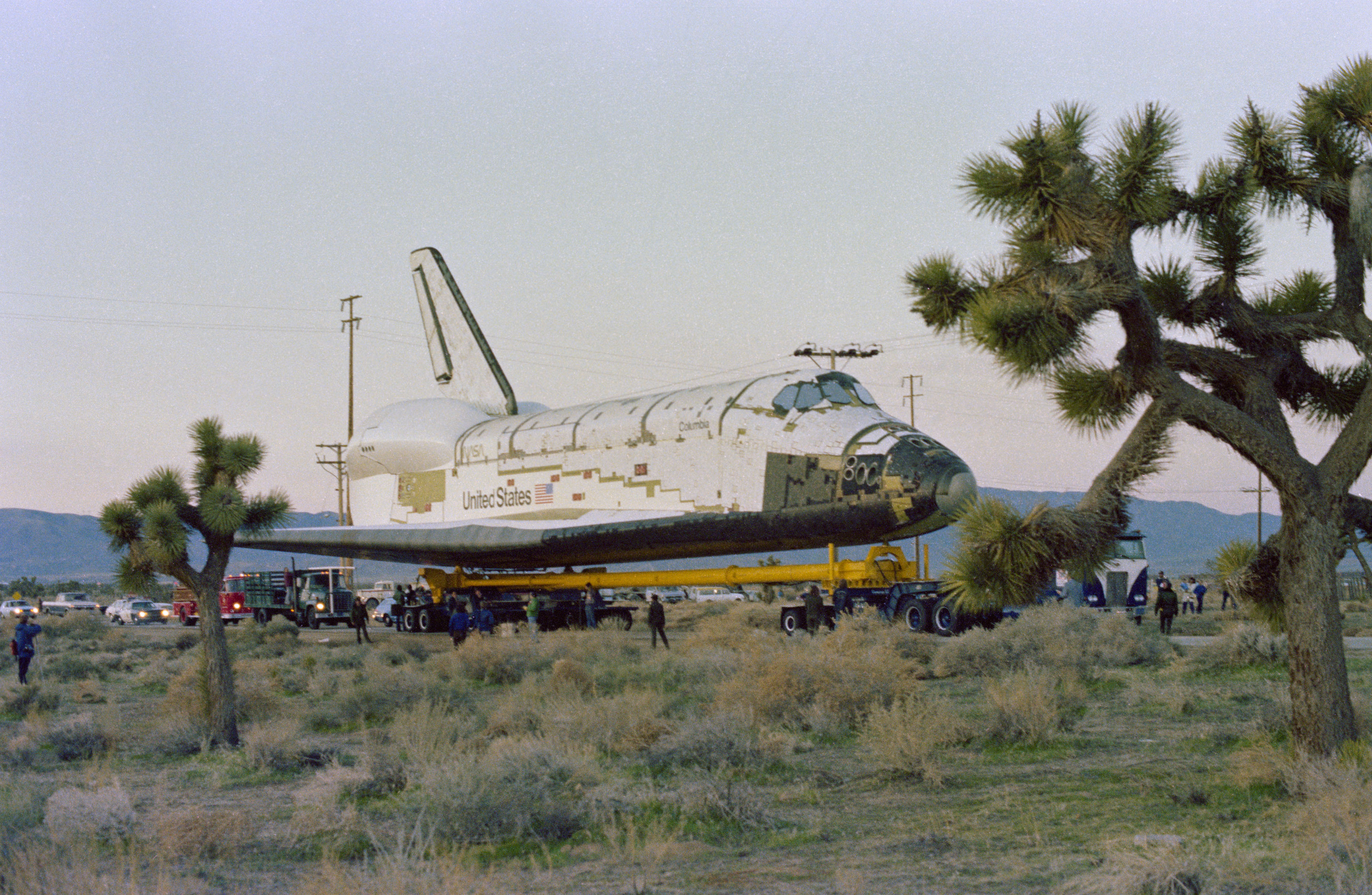

Left: Workers roll Columbia out from its hangar at Rockwell’s Palmdale, California, plant. Middle: Workers transport Columbia from Rockwell’s Palmdale facility to NASA’s Dryden, now Armstrong, Flight Research Center. Right: Columbia atop the Shuttle Carrier Aircraft takes off from Dryden to begin the cross-country ferry flight.
Nearly four years later, on March 8, 1979, Columbia rolled out of the Palmdale facility to begin its multi-day transcontinental journey to KSC. For the first step of the journey, workers towed Columbia from Palmdale overland to NASA’s Dryden, now Armstrong, Flight Research Center at Edwards Air Force Base (AFB) 36 miles away. Two days later, workers there hoisted Columbia onto the Shuttle Carrier Aircraft (SCA), a Boeing 747 aircraft modified to transport space shuttle orbiters. During a test flight, thousands of the orbiter’s thermal protection system tiles fell off. Workers returned Columbia to a hangar where over 100 men and women worked for nine days reapplying the tiles. Weather then delayed Columbia’s departure until March 20, when the SCA/shuttle duo flew from Dryden to Biggs AFB in El Paso, Texas.
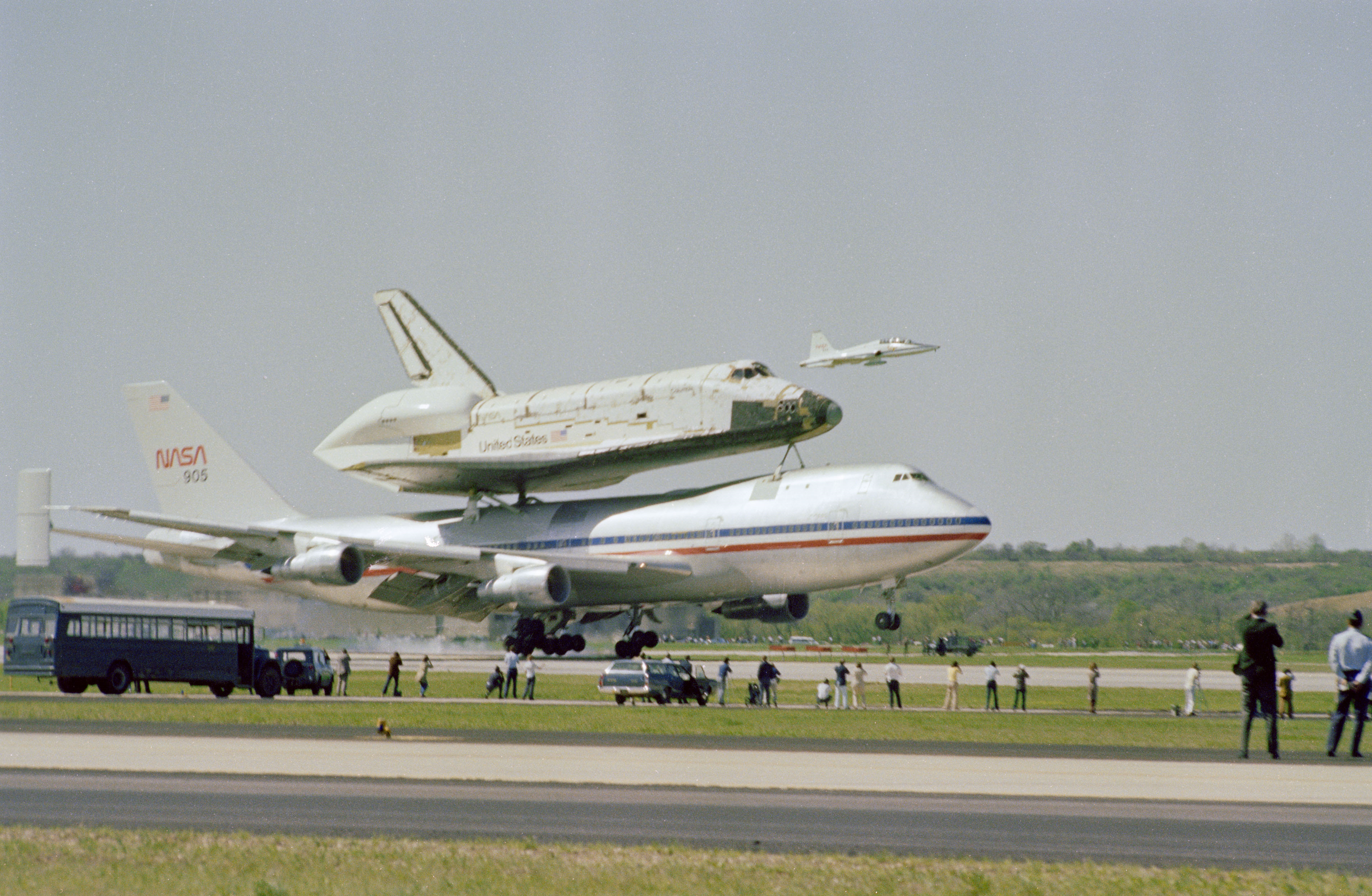
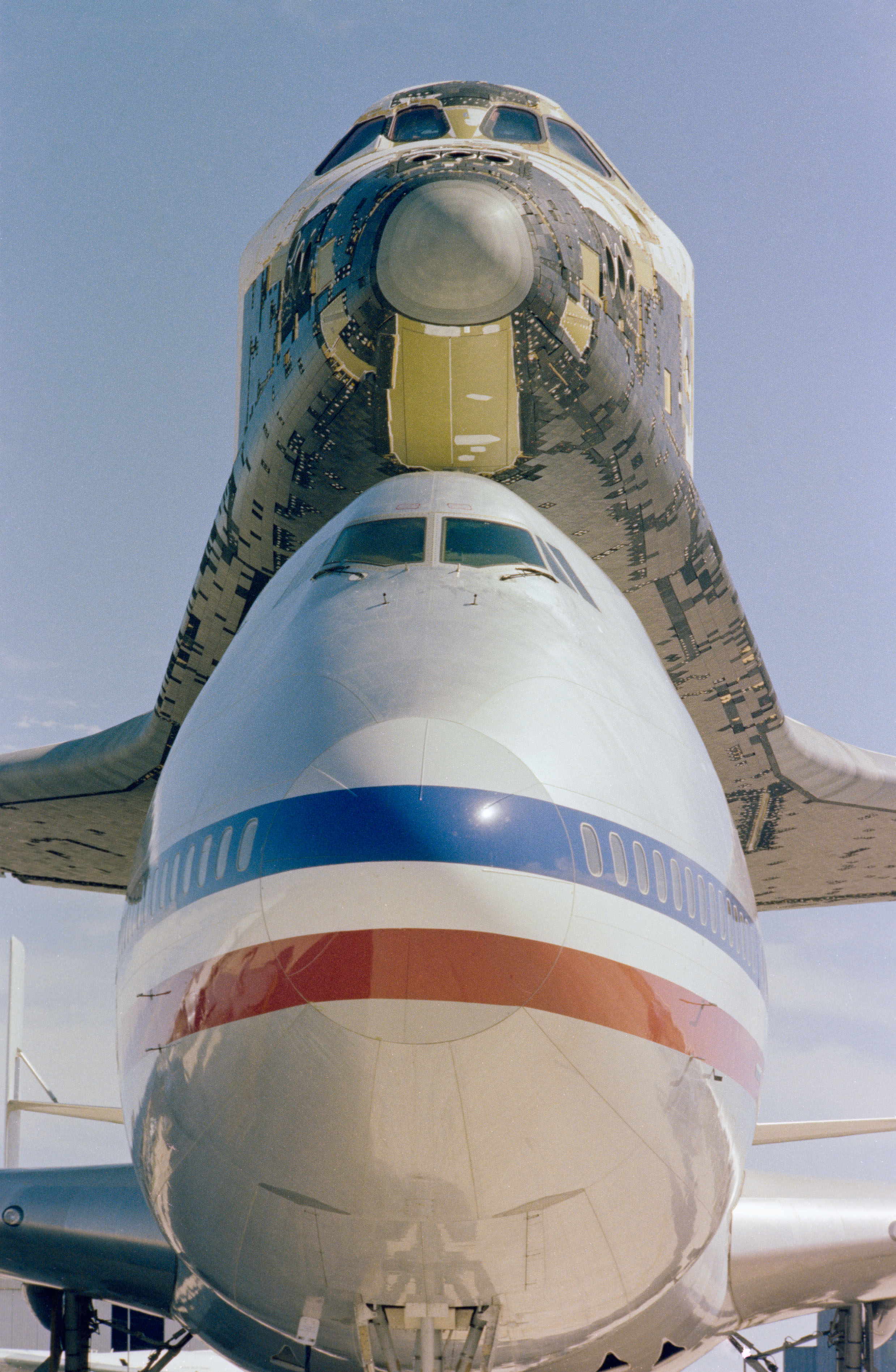
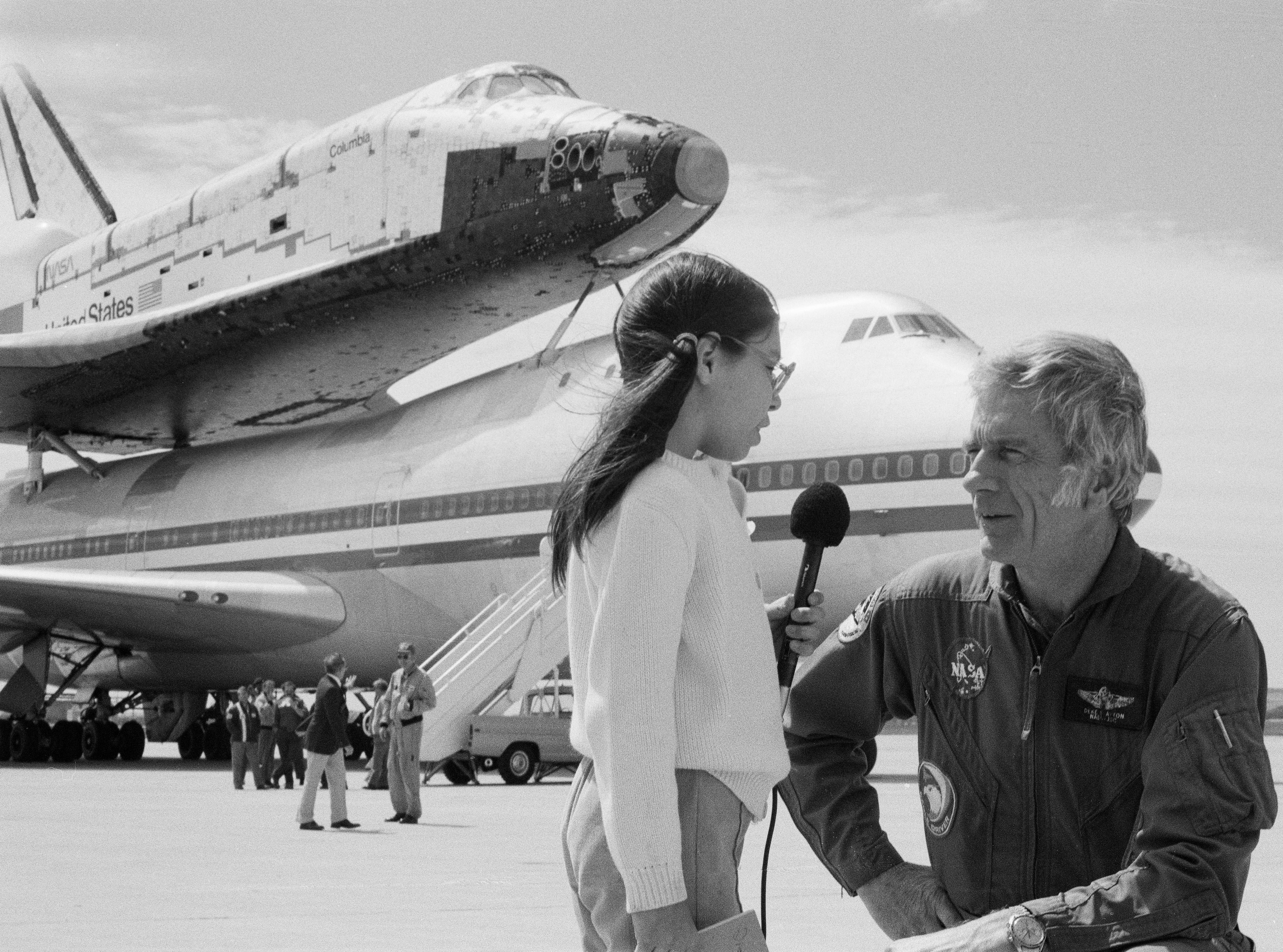
Left: Space shuttle Columbia atop its Shuttle Carrier Aircraft (SCA) touches down at Kelly Air Force Base (AFB) in San Antonio for an overnight stop. Middle: Head on view of Columbia atop the SCA. Right: Tina Aguilar, age nine, an aspiring young reporter, interviews astronaut Donald K. “Deke” Slayton in front of Columbia and the SCA at Kelly AFB.
Weather delayed Columbia’s departure for the planned refueling stop at Kelly AFB in San Antonio, until the next day. About 200,000 people went to view the shuttle during its overnight layover in San Antonio prior to its departure on March 23.
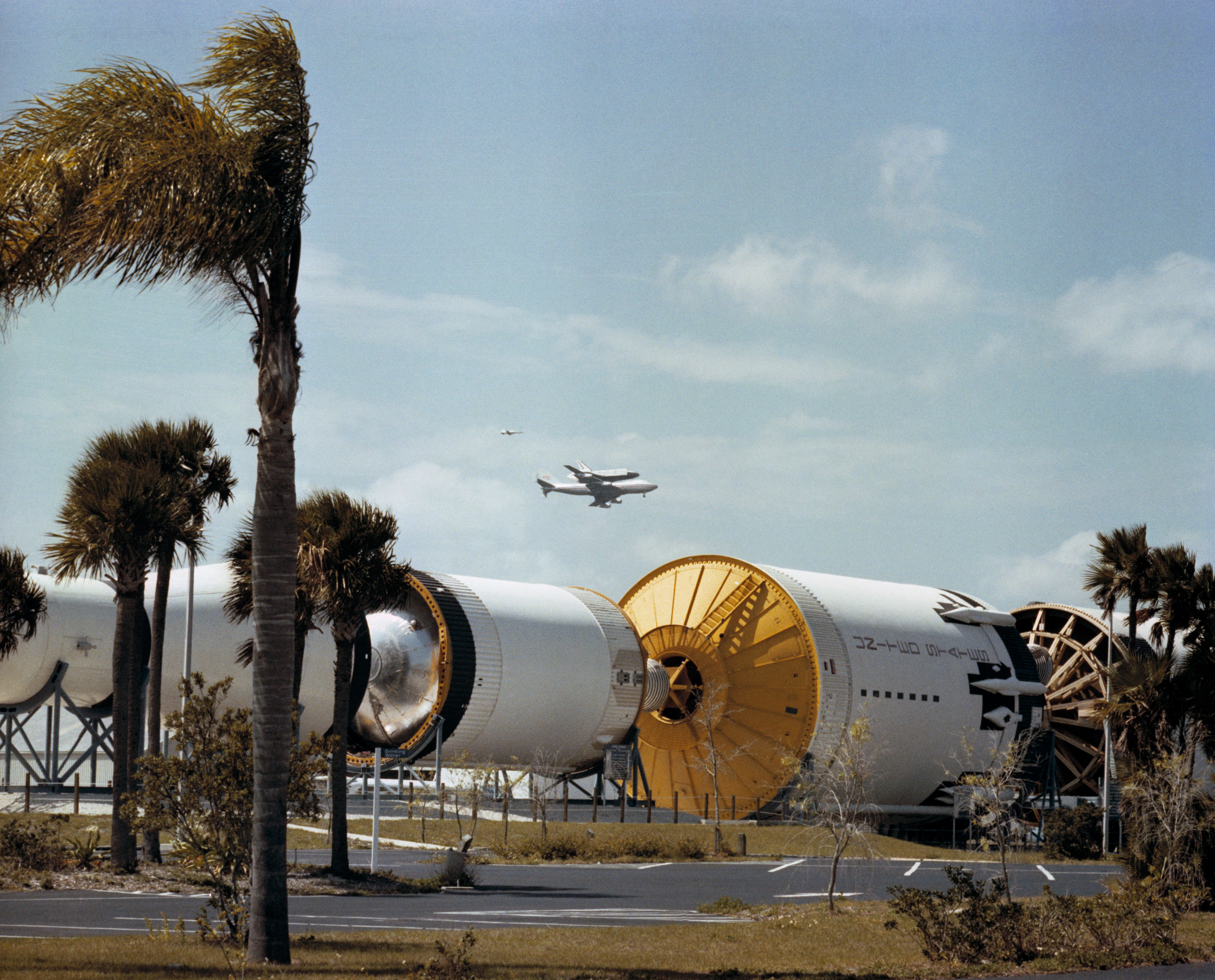
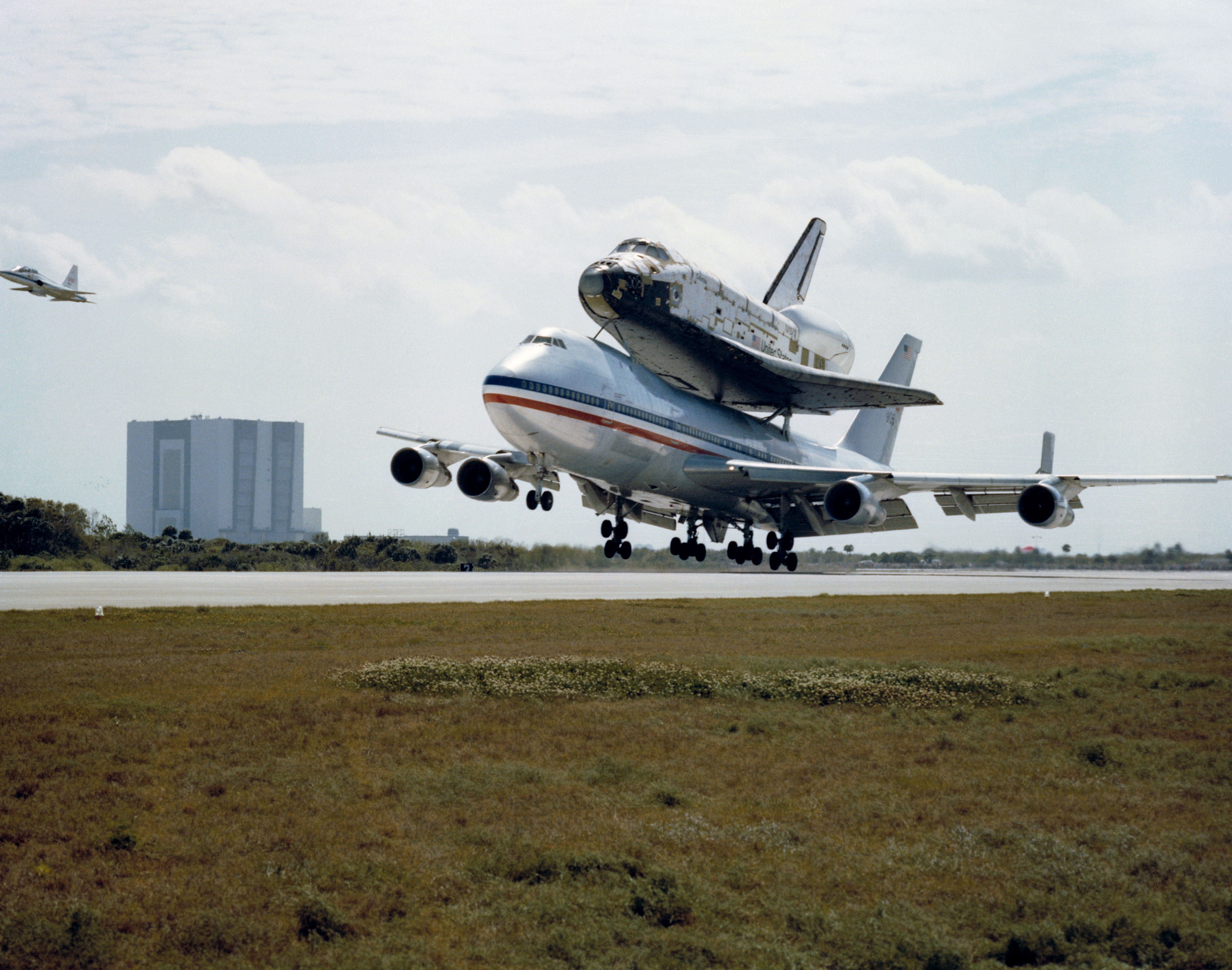
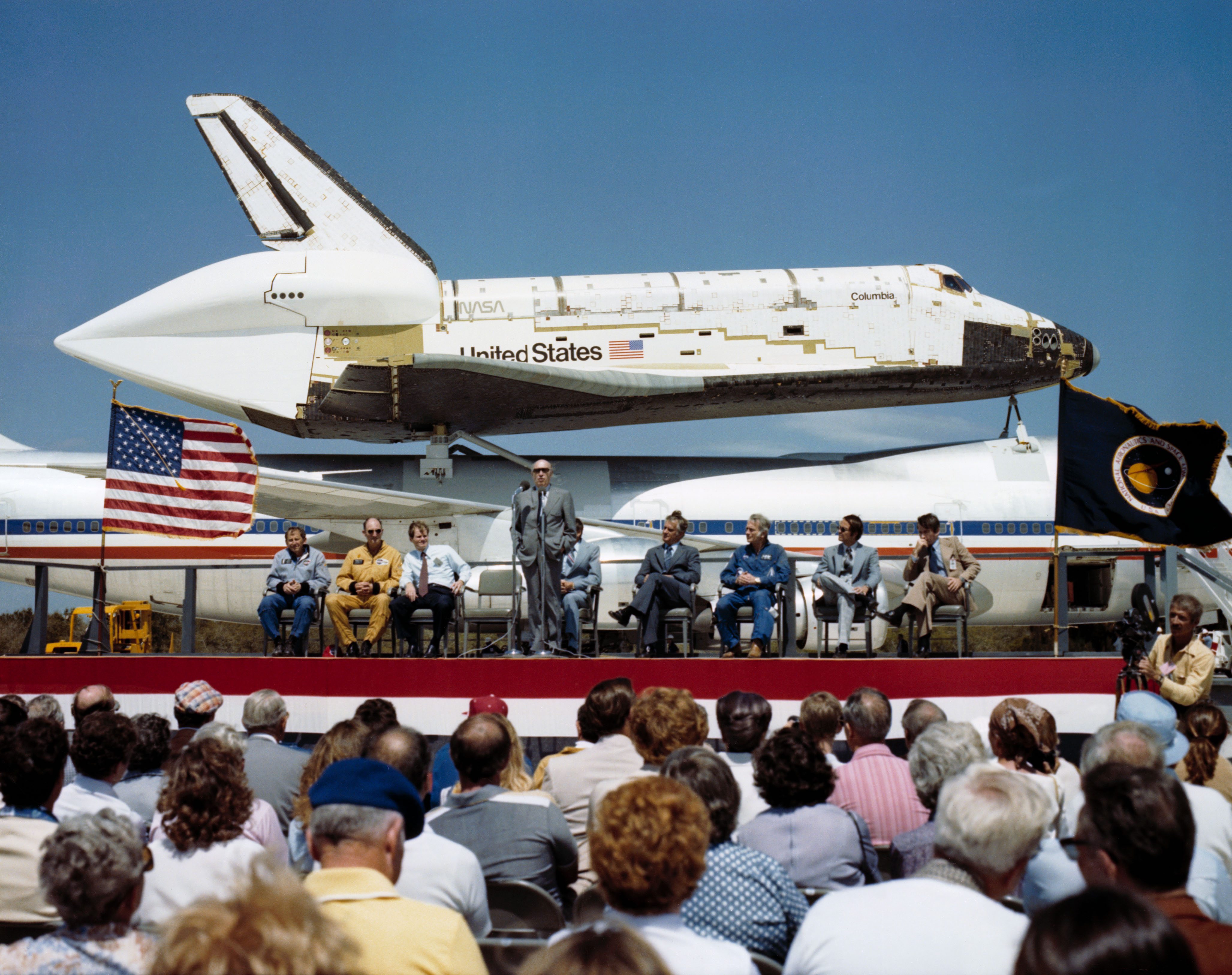
Left: The past meets the future, as space shuttle Columbia atop its Shuttle Carrier Aircraft (SCA) flies over the Saturn V display at NASA’s Kennedy Space Center (KSC) in Florida. Middle: Columbia atop the SCA touches down at KSC’s Shuttle Landing Facility (SLF), with the Vehicle Assembly Building visible in the background. Right: At the SLF, NASA Administrator Robert A. Frosch addresses the crowd assembled to welcome Columbia to KSC, as other dignitaries listen.
After another overnight stop at Eglin AFB in Florida, Columbia atop the SCA touched down at KSC’s Shuttle Landing Facility (SLF) on March 24, a crowd of about 3,000 cheering its arrival. Dignitaries in attendance at a brief welcoming ceremony at the SLF included NASA Administrator Robert A. Frosch, KSC Director Lee R. Scherer, SCA pilots Joseph S. Algranti and Fitzhugh L. Fulton, program manager for Shuttle Flight Test Operations NASA astronaut Donald K. “Deke” Slayton, and astronauts John W. Young and Robert L. Crippen, designated as the commander and pilot for STS-1, the first space shuttle mission. Also in attendance, U.S. Congressman C. William “Bill” Nelson whose district included KSC and now serves as NASA’s 14th administrator, and Florida Lieutenant Governor J. Wayne Mixson.
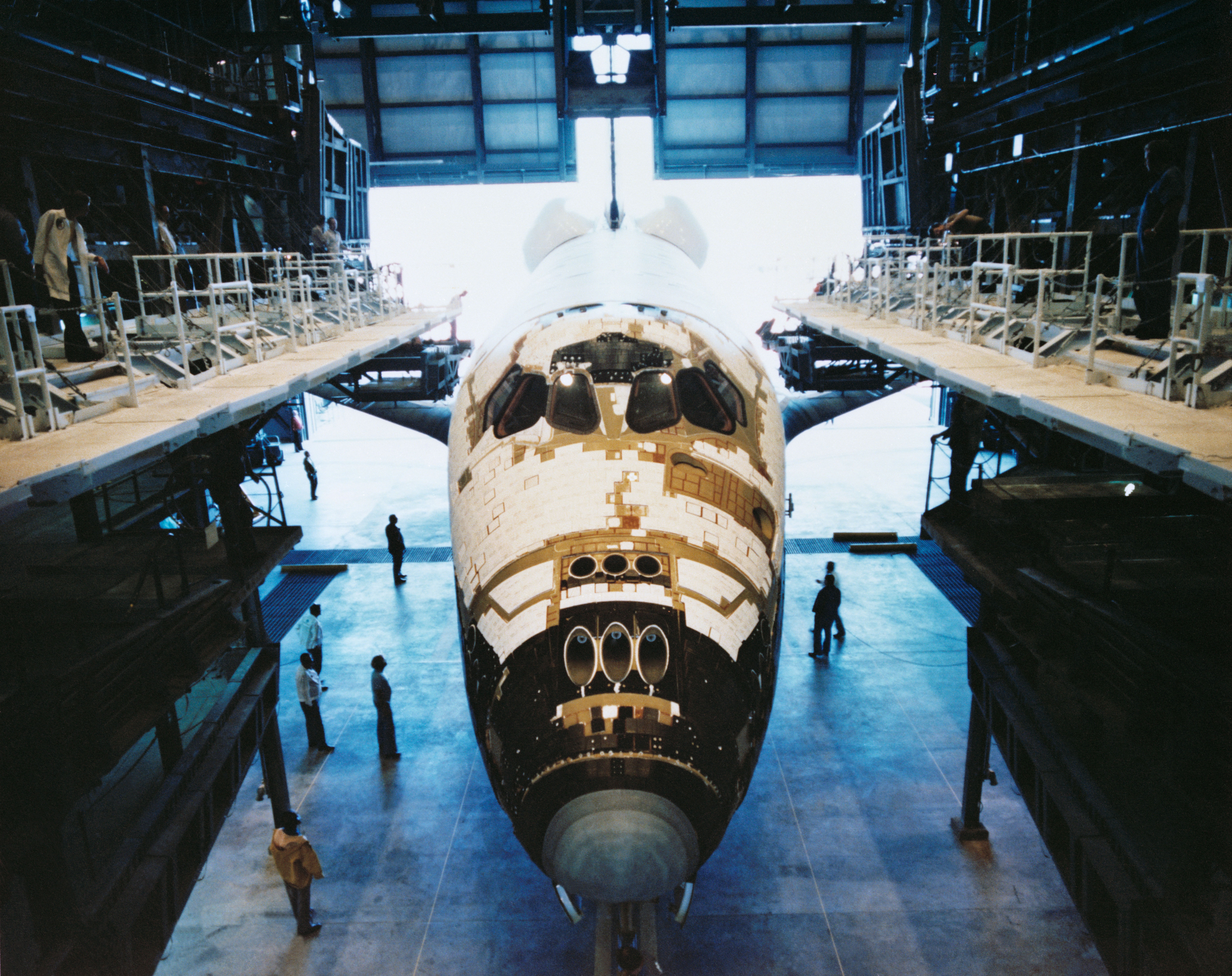
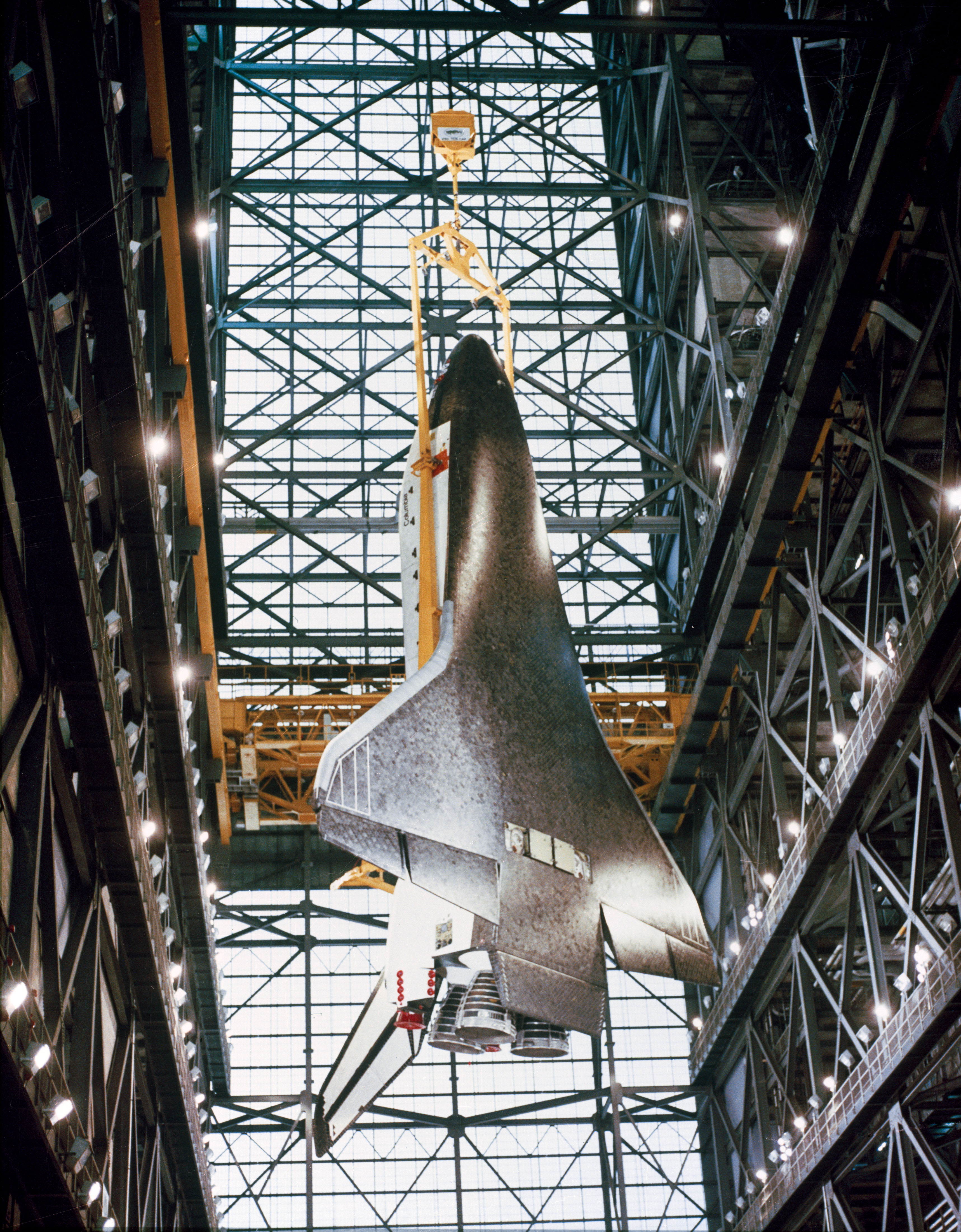
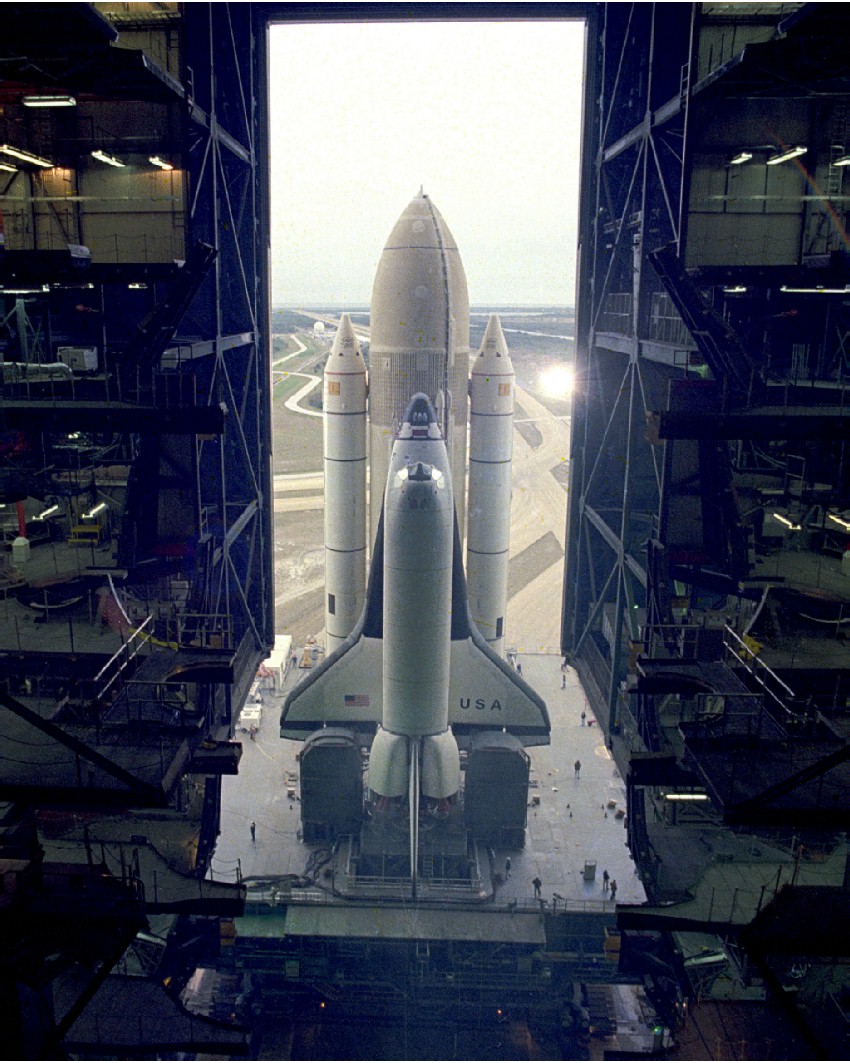
Left: Columbia in the Orbiter Processing Facility at NASA’s Kennedy Space Center (KSC) in Florida. Middle: Workers hoist Columbia in KSC’s Vehicle Assembly Building (VAB) for mating with its external tank and solid rocket boosters. Right: Columbia rolls out of the VAB on its way to Launch Pad 39A.
The next day, after removing Columbia from the back of the SCA, workers towed it into the Orbiter Processing Facility, where the orbiter spent the next 19 months preparing for its first flight. Rollover to the Vehicle Assembly Building (VAB) for mating with its External Tank and the two Solid Rocket Boosters took place Nov. 24, 1980. After a series of integrated tests, the shuttle stack rolled out of the VAB and made the 3.5-mile trip to Launch Pad 39A on Dec. 29, 1980. Young and Crippen flew Columbia’s historic first mission, STS-1, in April 1981, ushering in an era of reusable space transportation.
Share
Details
Related Terms
What's Your Reaction?



















.jpg?#)
























